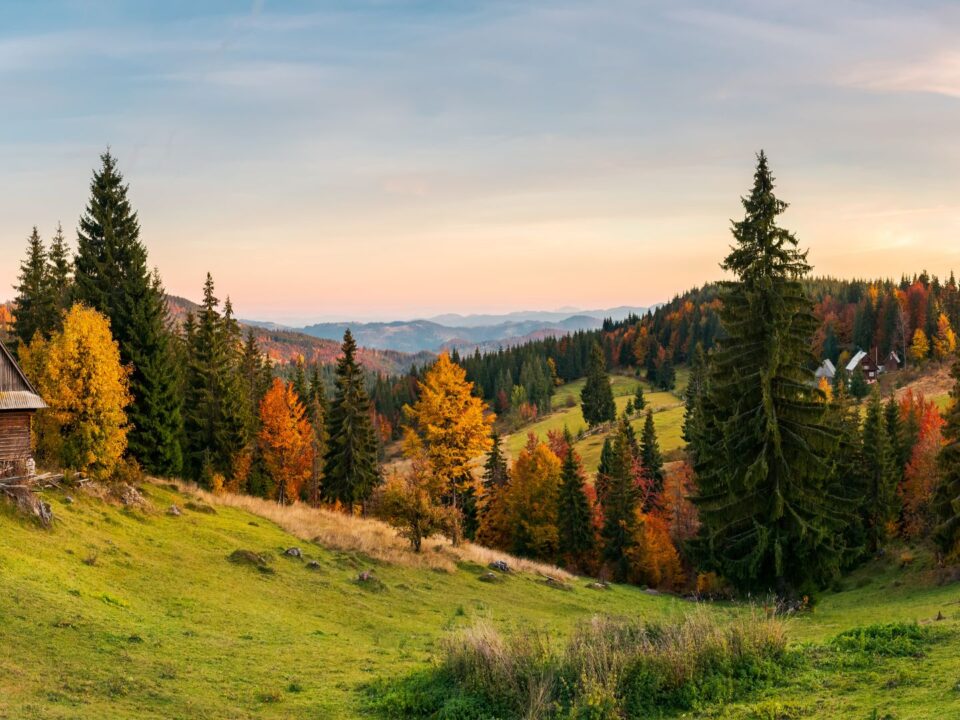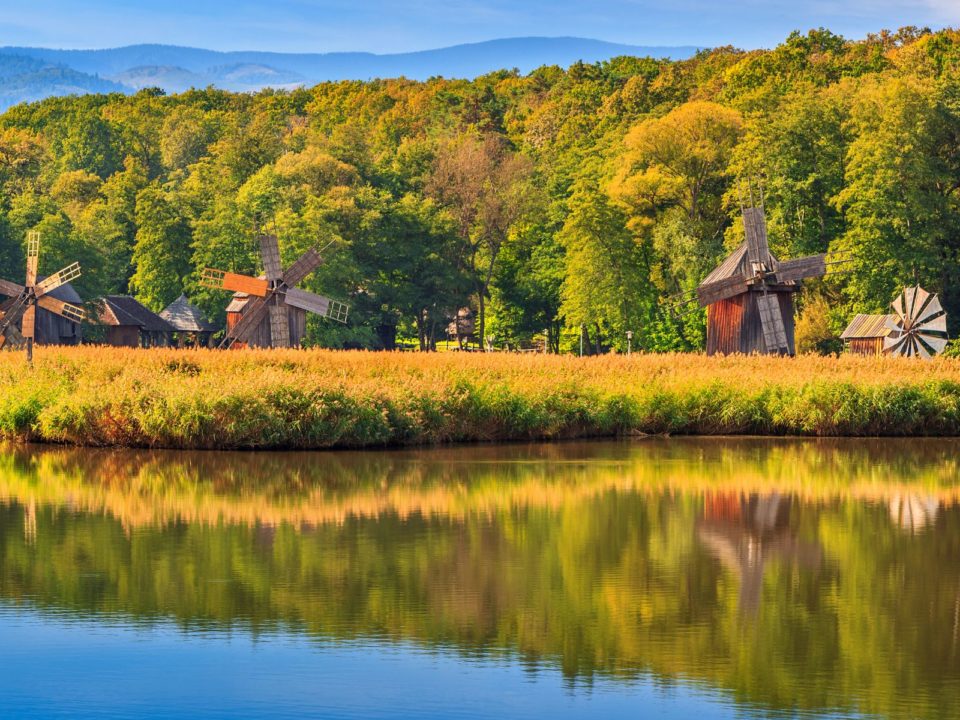
The Best Places To Visit In The Apuseni Mountains
October 10, 2022
Halloween At Dracula’s Castle
October 30, 2022Romania is known for its numerous places of worship. Home to some of the most beautiful churches in Europe, many of them part of the UNESCO World Heritage, it’s no surprise that for those passionate about culture and history, Romania is a sought-after destination.
From painted wooden churches to fortified churches and gothic cathedrals, Romania will surely leave you in awe.
The painted monasteries of Bucovina
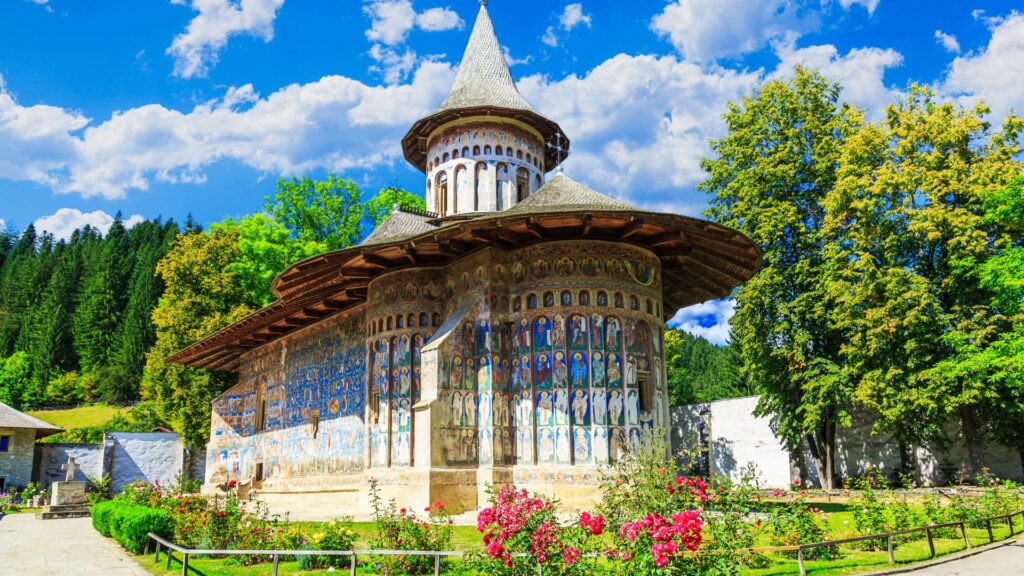
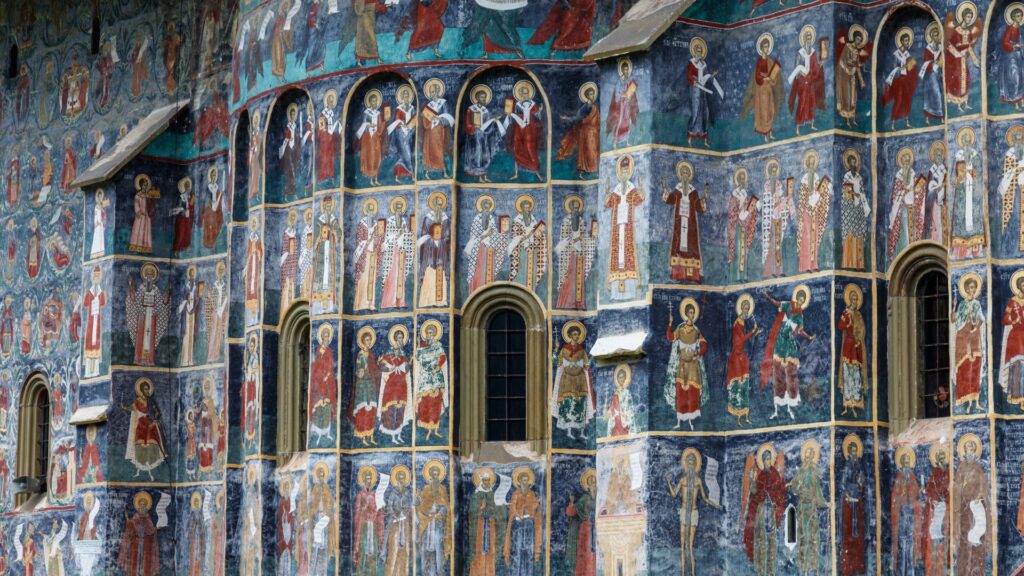
Located in the Moldova region of Romania, in the county of Suceava, you will be able to find 8 painted monasteries, that are renowned for their beauty due to the detailed paintings both on the inside and the outside. They are all part of UNESCO world heritage and have been erected during the 15th and 16th centuries by various Moldovan rulers.
One of the more known among the 8, is Voronet Monastery, famous for its blue walls and beautifully painted bible scenes, such as “The last judgment” or “Adam’s sin”.
The wooden churches of Maramures
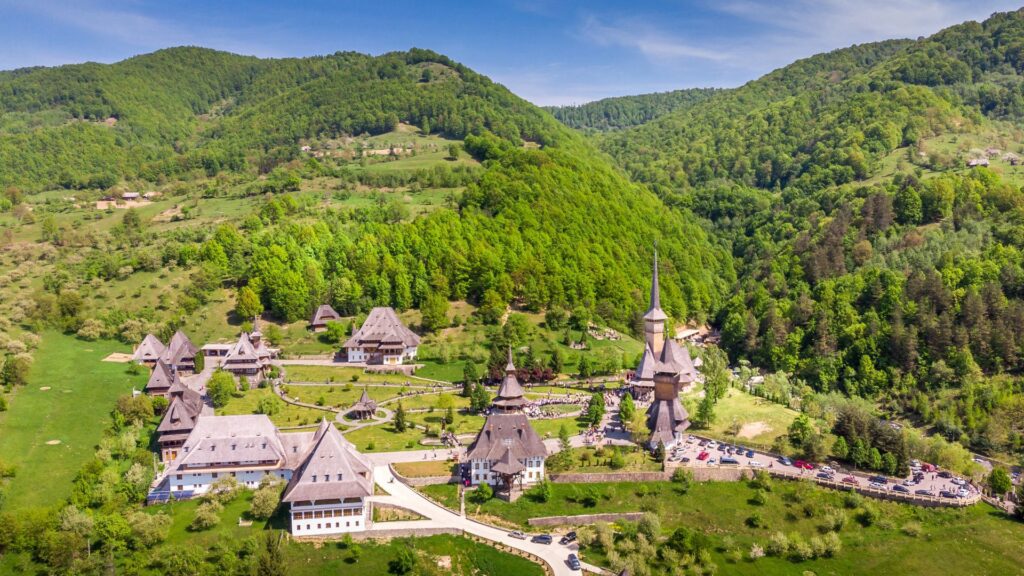
If Maramures is known for one thing, that is its wooden churches. Similarly to the ones in Bucovina, 8 of the churches are UNESCO World Heritage sites.
Built during the 17th and 18th centuries, they are not only beautiful but also a testimony to the traditions of the people in Maramures, one of the most known being wood carving. They are an outstanding example of wooden architecture, with impressive towers that rise up to 78 meters high.
The fortified churches of Transylvania
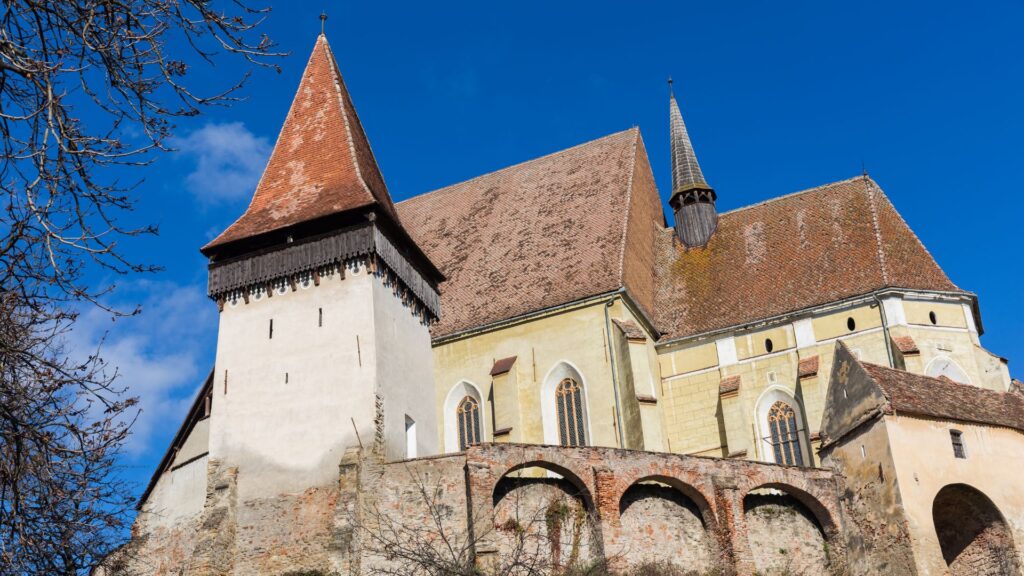
By far the best-known region in Romania to travelers from all over the world, Transylvania got its name from “silva”- the Latin word for forest, so Transylvania literally means “the land beyond the forests”.
Home to 150 well-preserved fortified churches that stand as a testament to centuries of Saxon inhabitation, Transylvania is also known for its rolling hills, dense forests, and scented meadows.
The fortified churches are spread across many villages and 7 of them are included as well in the UNESCO World Heritage. Dating back to medieval times, they played an important defending role until the end of the 18th century.
Curtea de Arges Monastery
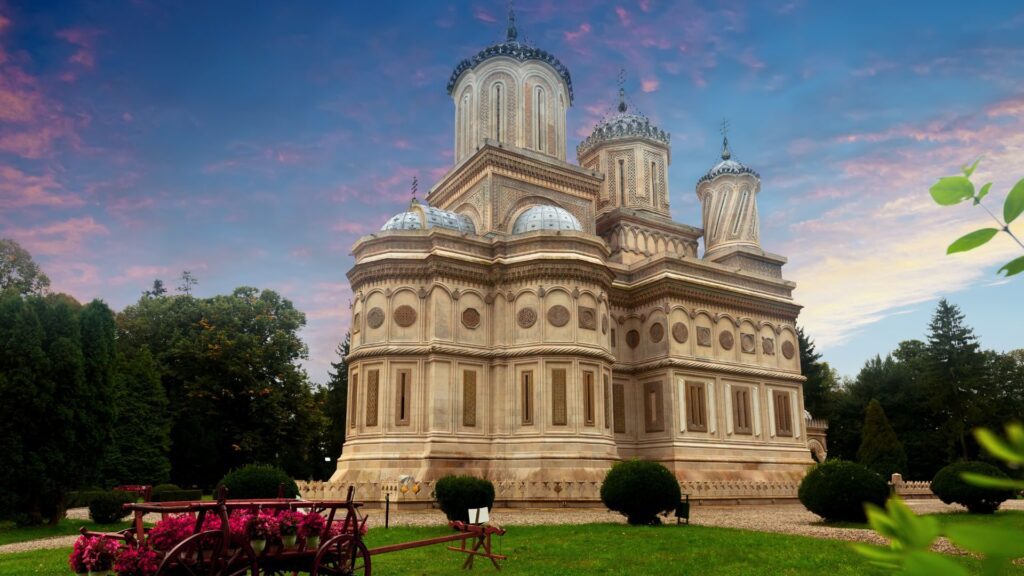
Curtea de Arges Monastery was founded by Neagoe Basarb, ruler of Wallachia, at the beginning of the 16th century.
Besides its beauty, the Monastery plays an important role for the Romanian people as its grounds are the resting place of King Carol I and Queen Elizabeth, King Ferdinand and Queen Mary, and, as well, King Carol II.

